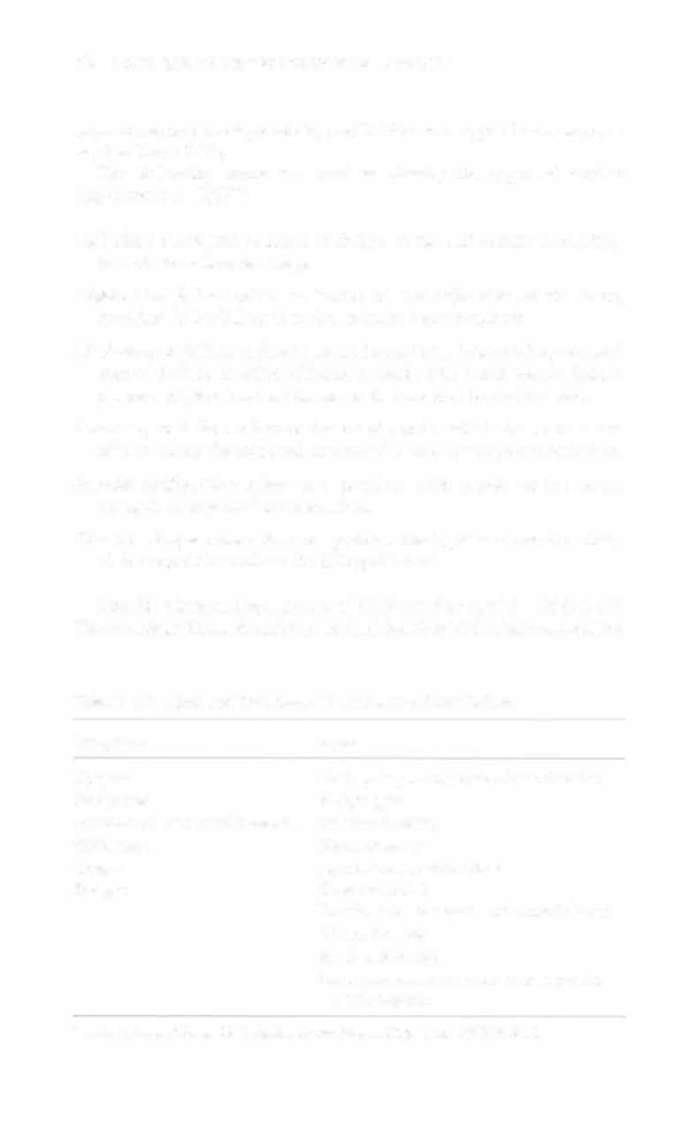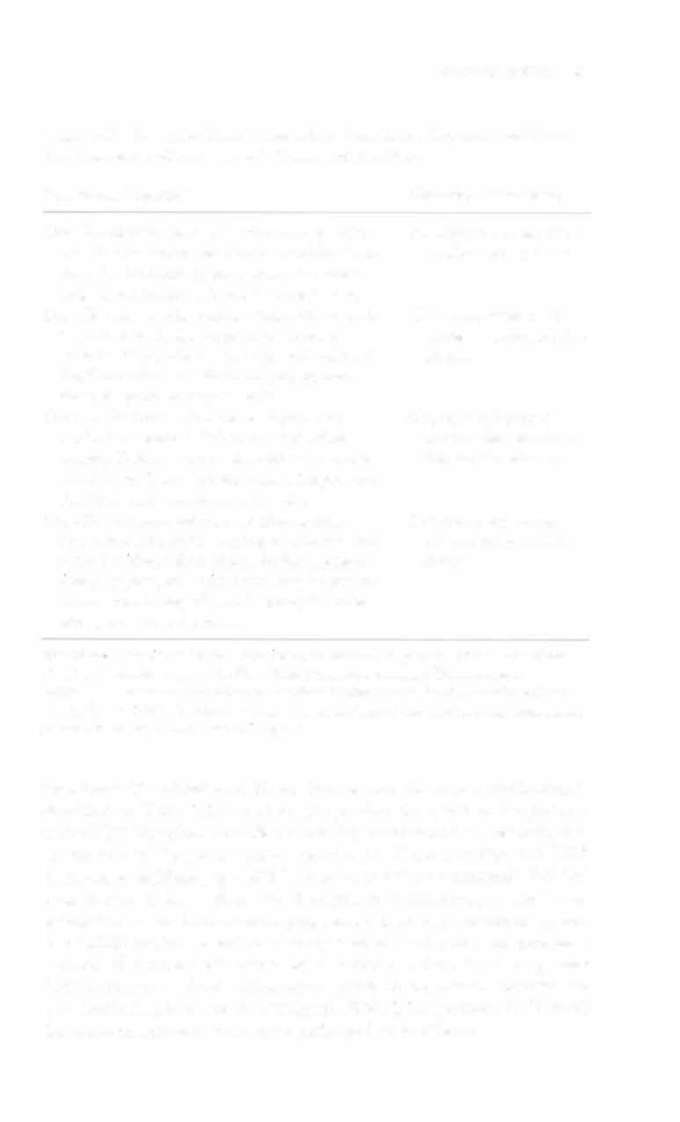i bc27f85be50b71b1 (19 page)
Read i bc27f85be50b71b1 Online
Authors: Unknown


CARDIAC SYSTEM
47
Table 1-16. Signs and Symptoms of Pericardial Hearr Diseases
Disease
Symptoms
Signs
Acute peri
Retrosternal chest pain
Pericardial friction rub; difcarditis
(worsened by supine
fuse ST segmem elevaand/or deep inspiration; decreased QRS
tion), dyspnea, cough,
volrage in all ECG leads if
hoarseness, dysphagia,
pericardial effusion also
fever, chilJs, and weakpresent
ness may occur.
Constrictive
Abdominal swelling,
Jugular venous distention;
pericarditis
peripheral edema,
QRS volrage diminished
fatigue, dyspnea, dizzion ECGj occasionally
ness and/or syncope,
atrial fibrillation
signs of pulmonary
venous congestion,
vague non-specific retrosternal chest pain.
Chronic peri
May have vague fullness in
Muffled heart sounds; may
cardial effuanterior chesr, cough,
have pericardial friction
sion (without
hoarseness, dysphagia.
rub; QRS voltage dimintamp
ished on ECG; chest x-ray
with cardiomegaly without pulmonary congestion
Pericardial
Symptoms of low cardiac
Jugular venous distention,
tamponade
output (dyspnea, fatigue,
cardiomegaly, diminished
dizziness, syncope); may
QRS volrage on ECG;
have retrosrcrnal chest
becomes tamponade from
pain; may have cough,
effusion when right heart
hiccoughs, hoarseness.
catheterization shows
equal pressures in right
atrium, ventricle, and capillary wedge (signifies lefr
atria pressure), and left
heart catheterization
would show equal pressure on left side of heart to
right side
ECG = electrocardiogram.
Sources: Data from Sl Woods, ES Sivarajian-Froclicher, S Underhill-Morzer (cds). Cardiac Nursing (4th ed). Philadelphia: Lippincotf, 2000; and MD Cheidin, M Sokolow, MB Mcilroy. Clinical Cardiology (6th cd). Norwalk, CT: Appleton & lange, 1993.

48
AClfT'f. CARE HANDBOOK FOR PHYSICAL THERAPISTS
most common pathologic etiology of CHF is some type of cardiomyopathy (see Table 1 - 1 5).
The following terms are used to classify the types of cardiac
impairment in CHF42:
Left-sided heart failure refers to failure of the left ventricle, resulting
in back flow into the lungs.
Right-sided failure refers to failure of the right side of the heart,
resulting in back flow into the systemic venous system.
High-output failure refers to heart failure that is secondary to renal
system failure to filter off excess fluid. The renal system failure
places a higher load on the heart that cannot be maintained.
Low-output failure refers to the condition in which the heart is not
able to pump the minimal amount of blood to suppOrt circulation.
Systolic dysfunction refers to a problem with systole or the actual
strength of myocardial contraction.
Diastolic dysfunction refers to a problem during diastOle or the ability
of the ventricle to allow the filling of blood.
Possible signs and symptoms of CHF arc described in Table 1 - 1 7.
The American Heart Association revised the New York Heart Association
Table 1-17. Signs and Symproms of Congesrive Hearr Failure
Syrnproms
Signs
Dyspnea
Cold, pale possibly cyanmic extremities
Tachypnea
\'(i'eight gain
Paroxysmal nocrurnal dyspnea
Peripheral edema
Onhopnea
Heparomegaly
Cough
Jugular venous distention
Fatigue
Crackles (rales)
Tubular breath sounds and consolidation
S3 hear[ sound
Sinus tachycardia
Decreased exercise rolerancc and physical
work capacity
Source: Adapced from LP Cahalin. Hcar{ failurc Pl1ys
.
Ther 1 996;76:520.








